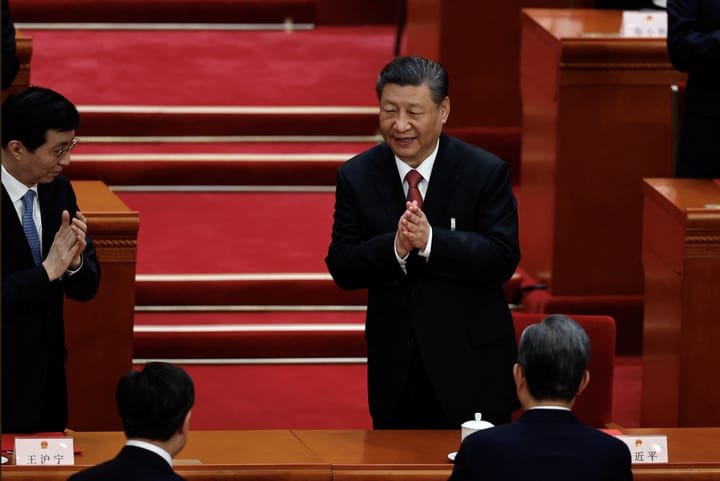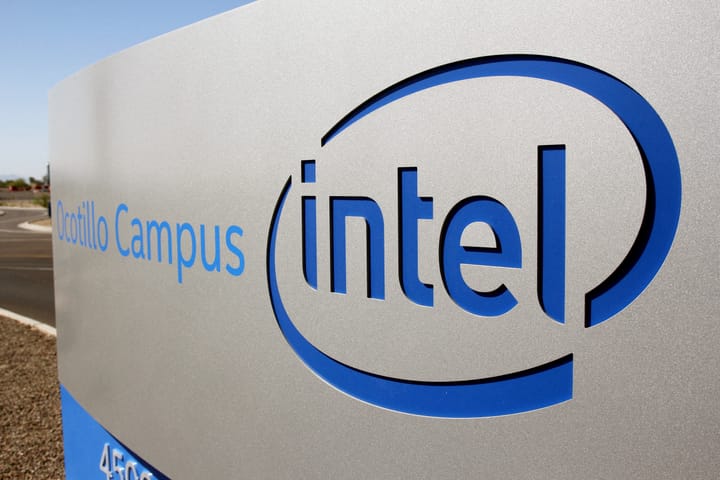What will Biden and Trump’s tax policies mean for the US wealth gap?

A few minutes every morning is all you need.
Stay up to date on the world's Headlines and Human Stories. It's fun, it's factual, it's fluff-free.
Biden’s plan proposes raising taxes only on those earning US$400,000 or more a year, raising taxes on corporations to 28%, increasing taxes on capital gains and adding new tax penalties for offshoring in “tax havens.”
The United States has long had a wealth inequality problem, a problem only exacerbated further by the unbalanced recession witnessed as a result of the coronavirus pandemic.
America’s richest billionaires have seen their wealth skyrocket during the crisis, but poorer, working-class Americans have disproportionately borne the brunt of the COVID-19 crisis.
In the recovery from the pandemic, the two economic platforms put forward by the Republican and Democratic candidates vying for election this November chart two very different futures toward addressing this wealth gap and inequality.
Throughout his first term as president, Donald Trump has supported massive tax cuts for corporations and wealthy individuals. Tax cuts, proponents claim, will allow companies and rich individuals to funnel more money back into the economy via wages, a theory known as “supply-side economics.”
In contrast, Joe Biden’s tax platform calls for a reversal of Trump-era cuts, raising taxes on the wealthiest Americans and corporations while providing tax credits for working- and middle-class Americans.
These two platforms could not differ more significantly and present two very different possibilities for addressing America’s growing wealth gap.
America’s wealth gap
America’s wealth gap has been a growing problem, even before the impact of the coronavirus pandemic.
Pew Research shows that over the last 50 years, the share of wealth held by the highest-earning 20% of American families has only grown, while the shares held by the middle and lowest-earning 20% have either declined or stagnated.
One factor that’s contributed to these trends is income inequality. Urban Institute figures show that families near the top percentiles in income have seen their incomes increase by nearly 90% between 1963 and 2016.
At the same time, incomes for the bottom percentiles of earners have increased by less than 10%. This hugely disproportionate income growth has meant that the richest earners have continued to get richer, building up savings and investments, while the poorest earners have barely kept pace with rising inflation.
This wealth gap also encompasses a broader racial aspect. In 2016, according to the Federal Reserve’s Survey of Consumer Finances, the median net worth of white households stood at some US$171,000. This was nearly 10 times more than the median net worth of Black households, at some US$17,150.
Other figures show that Black families are less likely to own their homes than white families, are likely to invest less, to suffer higher unemployment and more.
The coronavirus has compounded these issues. Black workers saw a disproportionate number of job losses, reaching an unemployment rate of 16.7% in April 2020 against a white unemployment rate of 14.2%.
The top five American billionaires – Jeff Bezos, Bill Gates, Mark Zuckerberg, Warren Buffett and Larry Ellison – saw their wealth grow by a combined US$101.7 billion between March and June 2020. At the same time, it is likely that lower-income Americans will suffer unemployment and loss of income disproportionately.
According to Julia Coronado, founder of MacroPolicy Perspectives, income equality “will worsen,” and “we know that the skew of the unemployment is toward lower-income, more economically vulnerable people.”
Tax cuts
Within this backdrop of growing wealth inequality, even before the coronavirus pandemic, came President Trump’s 2017 tax cuts.
Trump’s cuts reduced the corporate tax rate from 35% to 21%, with top individual income taxes slashed to 37%.
These also meant that, according to UC Berkeley economists Emmanuel Saez and Gabriel Zucman, American billionaires were paying a lower average effective tax rate than the working class.
In 2018, the richest top 400 American families paid an average effective tax rate of 23%, lower than the 24.2% paid by the bottom half of American households.
Trump’s tax cuts did little to address the prevailing American wealth gap.
The cuts meant that the richest 1% of taxpayers would receive an average tax cut of some US$50,000 in 2020, which, according to Inequality.org, is more than 75 times larger than the tax cut of US$645 received for the bottom 80% of taxpayers.
The cuts also failed to stimulate the economy to the degree promised by Trump and proponents of tax cuts. Median family income grew by just US$514 in 2018 following the tax cut, while GDP (gross domestic product) grew by a modest 2.3% in 2019, a smaller growth than the two previous years.
The tax cuts will also compound the trends witnessed in wage growth, in which wages for the top 5% and 10% have significantly outpaced median wage growth over the last two decades.
Trump’s tax cuts also furthered his expansion of the US debt, which now stands at record figures. This debt will ultimately only be cut by tax hikes, which will again do little to address the wealth gap unless targeted toward America’s highest earners.
Tax hikes
Though the tax cuts enacted by President Trump did little to address the issue of the US wealth gap, and in some cases exacerbated it, what are the implications of the tax platform proposed by Democratic challenger Joe Biden?
Biden’s plan, in short, proposes raising taxes only on those earning US$400,000 or more a year, raising taxes on corporations to 28%, increasing taxes on capital gains and adding new tax penalties for offshoring in “tax havens.”
Biden himself has couched his tax plan as a means to address the wealth gap, especially its racial characteristics.
During a campaign stop in Charlotte, North Carolina in September, Biden stated that the US must address the pattern whereby “the African American community … finds itself at the bottom of the economic heap when businesses are doing better and when things are good.”
“Then when things get bad, they’re the first ones in the hole. And when things get better again, they’re the last ones out,” Biden argued.
According to Inequality.org, under the Biden tax plan, “the vast majority of Americans … would see no direct tax increase at all,” while the richest Americans and corporations will shoulder a larger tax burden, in line with their disproportionate wage growth.
That the top 1% would pay the majority of the Biden tax increase goes some way to begin addressing the US wealth gap, which has only been made worse by the impact of the coronavirus pandemic.
But with this gap between America’s richest and poorest families having more than doubled between 1989 and 2016 likely to increase even further as a result of COVID-19, Biden’s tax increases may just be the start, not the end, of addressing this inequality.
Have a tip or story? Get in touch with our reporters at tips@themilsource.com




Comments ()